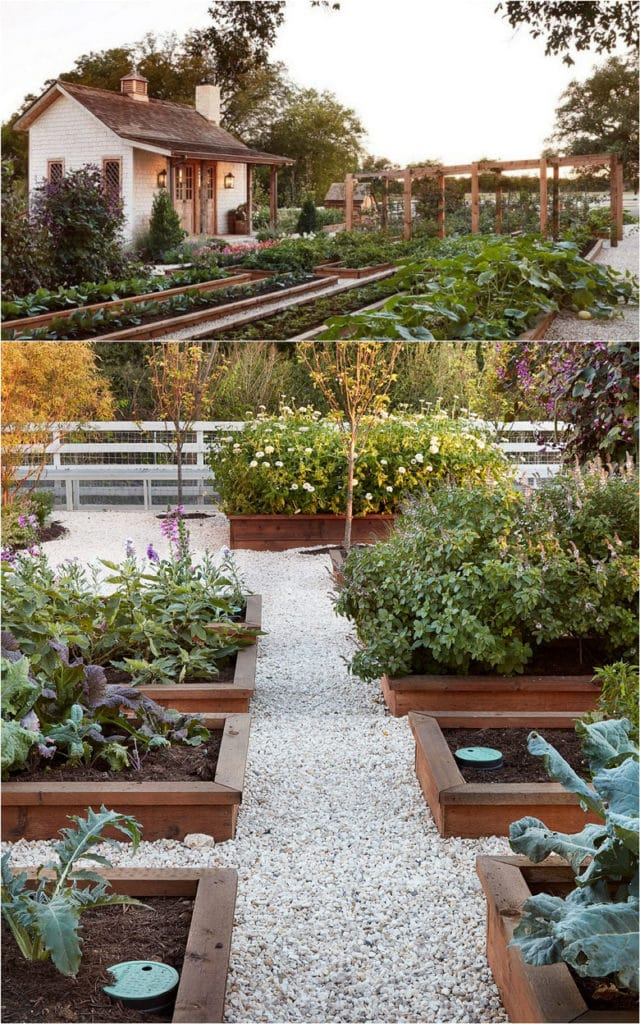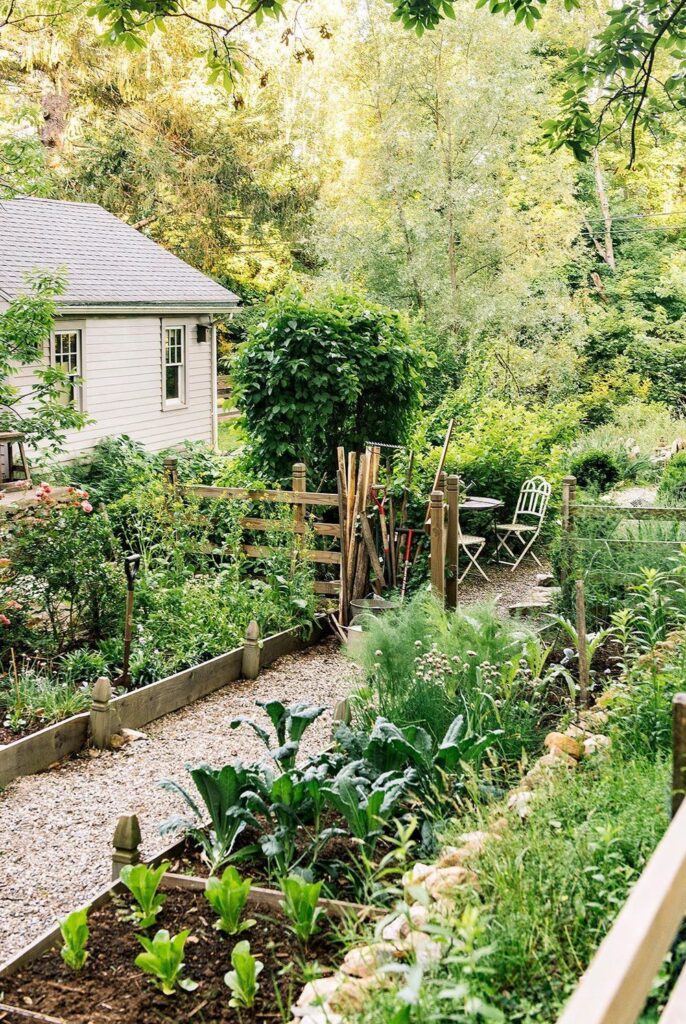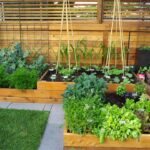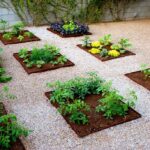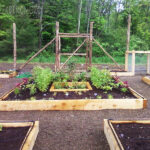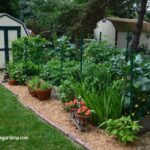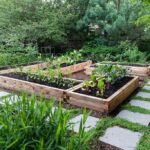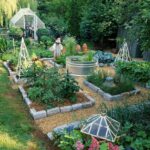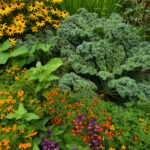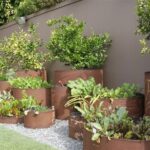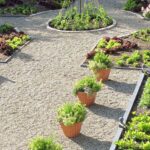Landscaping a vegetable garden can add a touch of beauty and functionality to your outdoor space. Whether you’re a seasoned gardener or a beginner, designing your vegetable garden with landscaping in mind can enhance the overall look of your garden while improving its functionality.
One key aspect of landscaping your vegetable garden is to create defined pathways and borders. This not only adds visual interest to your garden but also makes it easier to navigate and maintain. Using materials like gravel, mulch, or even brick can help delineate different areas within your garden and provide a cohesive design.
Incorporating raised beds into your vegetable garden design can also enhance the aesthetic appeal of your space. Raised beds can add dimension to your garden while also providing better drainage and soil quality for your plants. You can choose to build raised beds using wood, stone, or even metal to match your garden’s overall style.
Using vertical elements such as trellises, arbors, or even tall plants can also help maximize space in your vegetable garden while adding visual interest. Vertical gardening can be a great way to grow vining plants like tomatoes, peas, or beans, while also creating a beautiful backdrop for your garden.
Consider adding ornamental plants or flowers to your vegetable garden design to create a more inviting and colorful space. Mixing in flowers like marigolds, nasturtiums, or lavender can not only attract beneficial insects but also add a pop of color to your garden. You can also choose plants with varying textures and heights to create a dynamic and visually appealing landscape.
Lastly, don’t forget to add seating areas or outdoor furniture to your vegetable garden. Having a designated space to relax and enjoy your garden can make it a more inviting and functional outdoor space. Consider adding a bench, table, or even a small patio area where you can sit and take in the beauty of your landscaped vegetable garden.
